Planetary gear reducers are precision mechanical devices designed to reduce speed and increase torque in various industrial applications. However, under certain conditions, these reducers can experience high internal pressure, which can lead to a decrease in efficiency, mechanical wear, and even failure. This article will explore strategies to mitigate internal pressure and maintain the longevity and performance of planetary reducers.
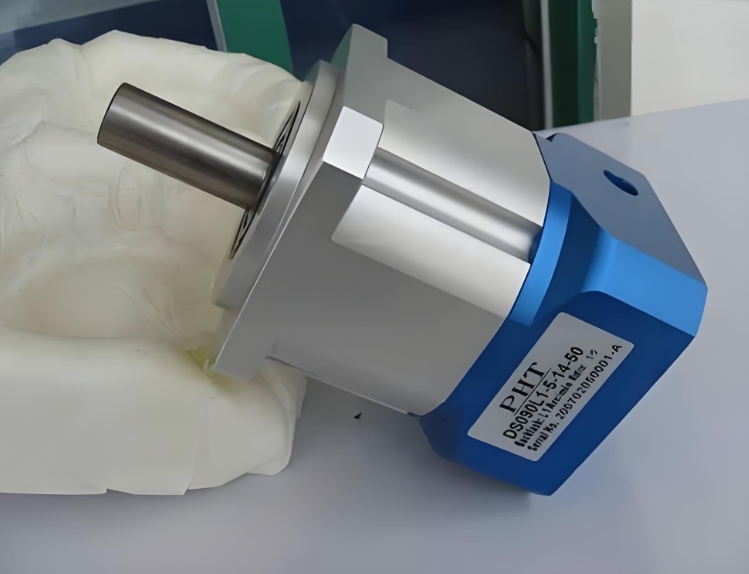
Understanding the Source of Pressure
The internal pressure in a planetary reducer arises from several factors, including the load on the gears, the efficiency of the gear mesh, and the heat generated by friction. High pressure can also result from improper lubrication or if the reducer is operated beyond its design limits.
Strategies for Pressure Reduction
-
Proper Lubrication: The first line of defense against high internal pressure is ensuring that the reducer is adequately lubricated. The lubricant not only reduces friction between the gears but also helps to dissipate heat. Using the correct type and amount of lubricant, as specified by the manufacturer, is crucial.
-
Regular Maintenance: Scheduled maintenance checks can identify potential issues before they escalate. This includes checking for wear, ensuring that all components are correctly tightened, and confirming that the gears are aligned.
-
Load Management: Operating the planetary reducer within its specified load limits is essential. Exceeding these limits can quickly lead to increased internal pressure and potential damage.
-
Thermal Management: Heat is a byproduct of mechanical operation and can contribute to increased pressure. Implementing a cooling system or ensuring adequate ventilation can help manage heat buildup.
-
Optimized Design: Some modern reducers are designed with features that help distribute the load more evenly across the gears, reducing the pressure on any single contact point.
-
Material Selection: Using high-quality materials that can withstand higher pressures and have better wear resistance can also contribute to the longevity of the reducer.
-
Proper Installation: Ensuring that the reducer is installed correctly, with correct alignment and without any undue stress on the input or output shafts, is vital.
-
Avoiding Contamination: Keeping the reducer clean and free from contaminants like dust and debris can prevent unnecessary friction and pressure build-up.
Conclusion
Reducing internal pressure in planetary gear reducers is a multifaceted approach that involves proper lubrication, regular maintenance, load management, thermal control, optimized design, material selection, correct installation, and avoiding contamination. By adhering to these practices, users can significantly enhance the efficiency, reliability, and service life of their planetary reducers, contributing to the overall productivity and safety of their mechanical systems.
By focusing on these areas, industry professionals can ensure that their equipment operates at peak performance while minimizing the risk of damage and downtime, leading to a more sustainable and cost-effective industrial operation.
 English
English Deutsch
Deutsch Русский
Русский Español
Español
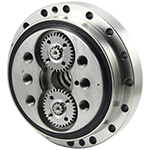
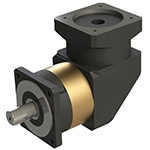
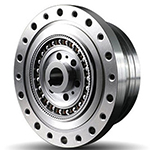
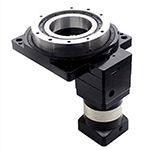
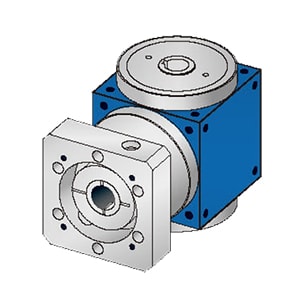
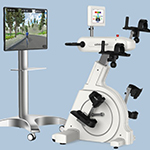
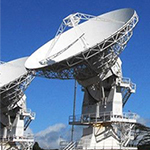
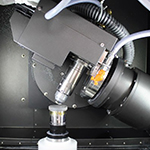
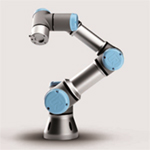
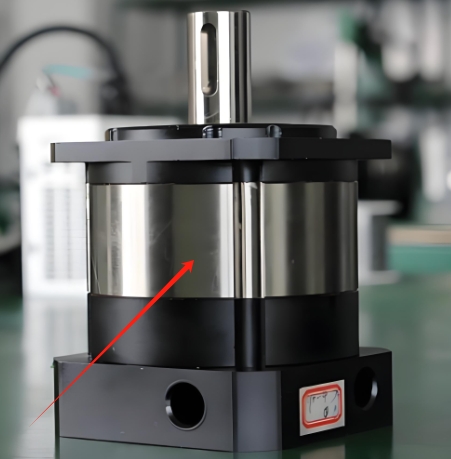
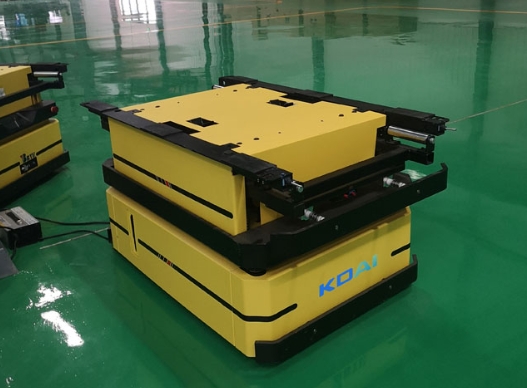
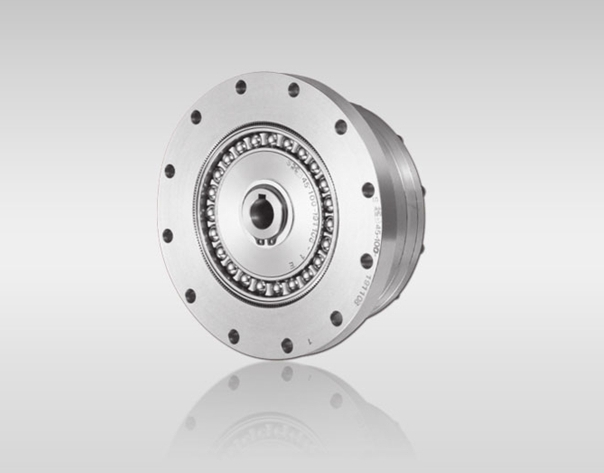
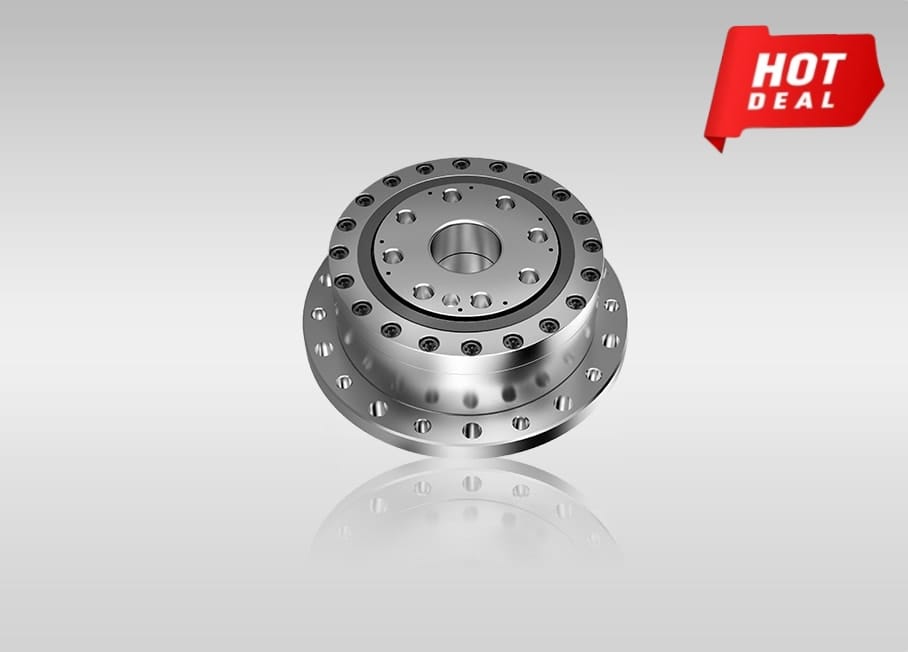
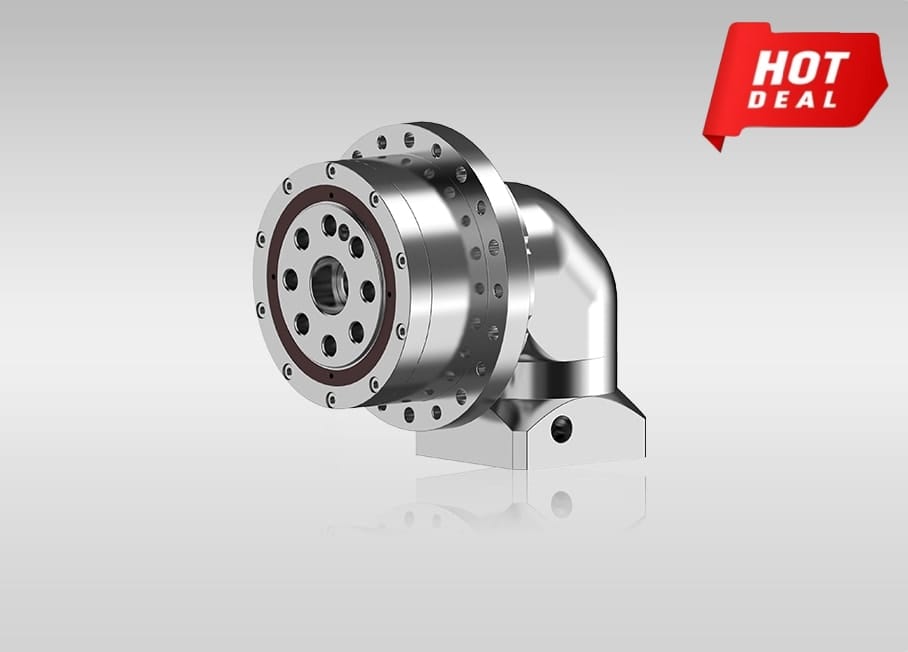
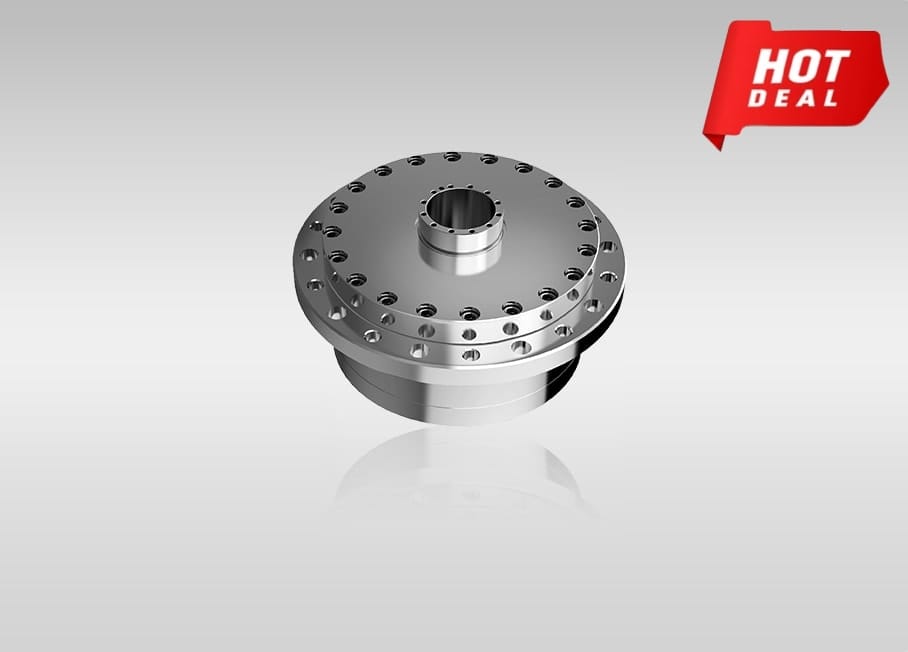
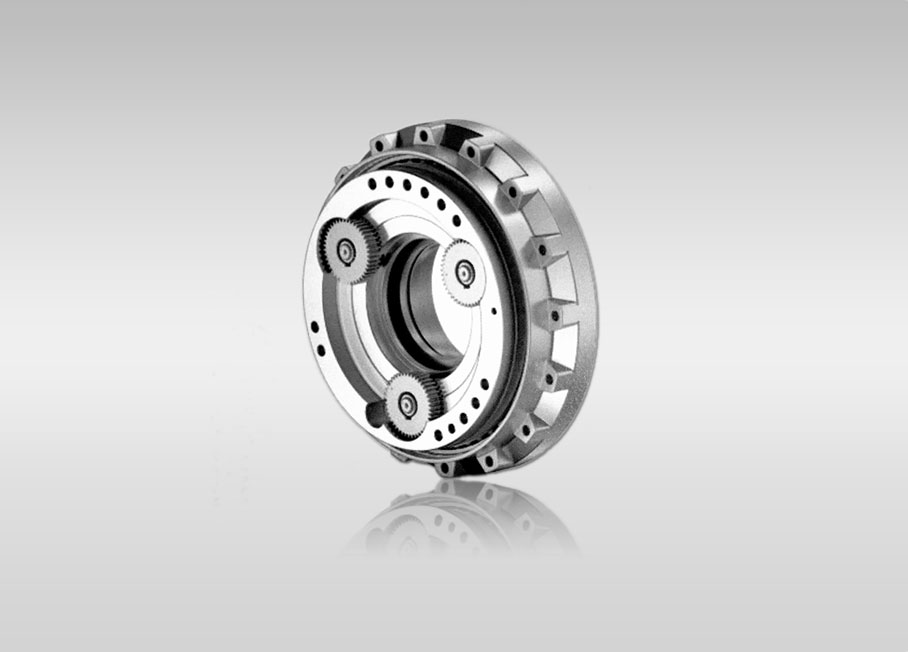
Quote Now